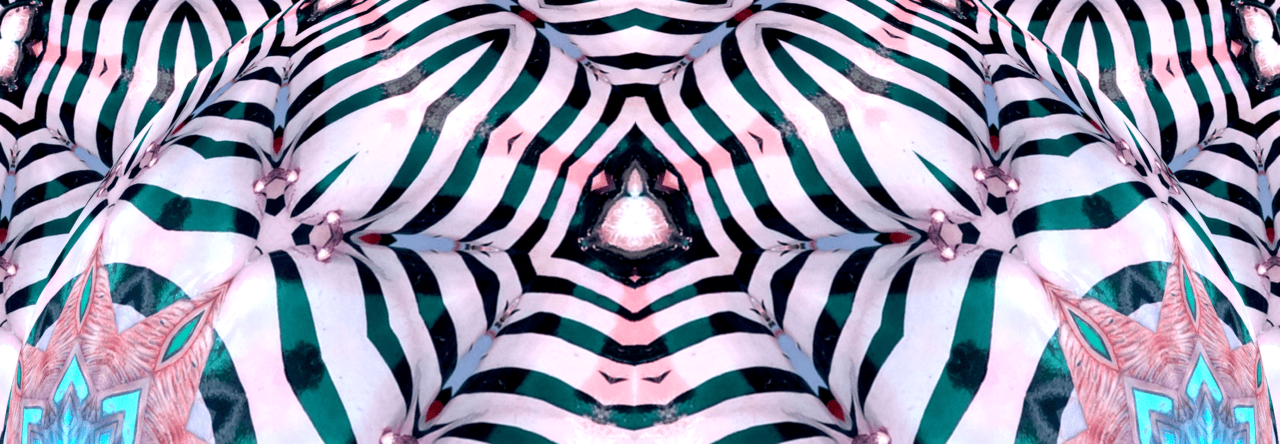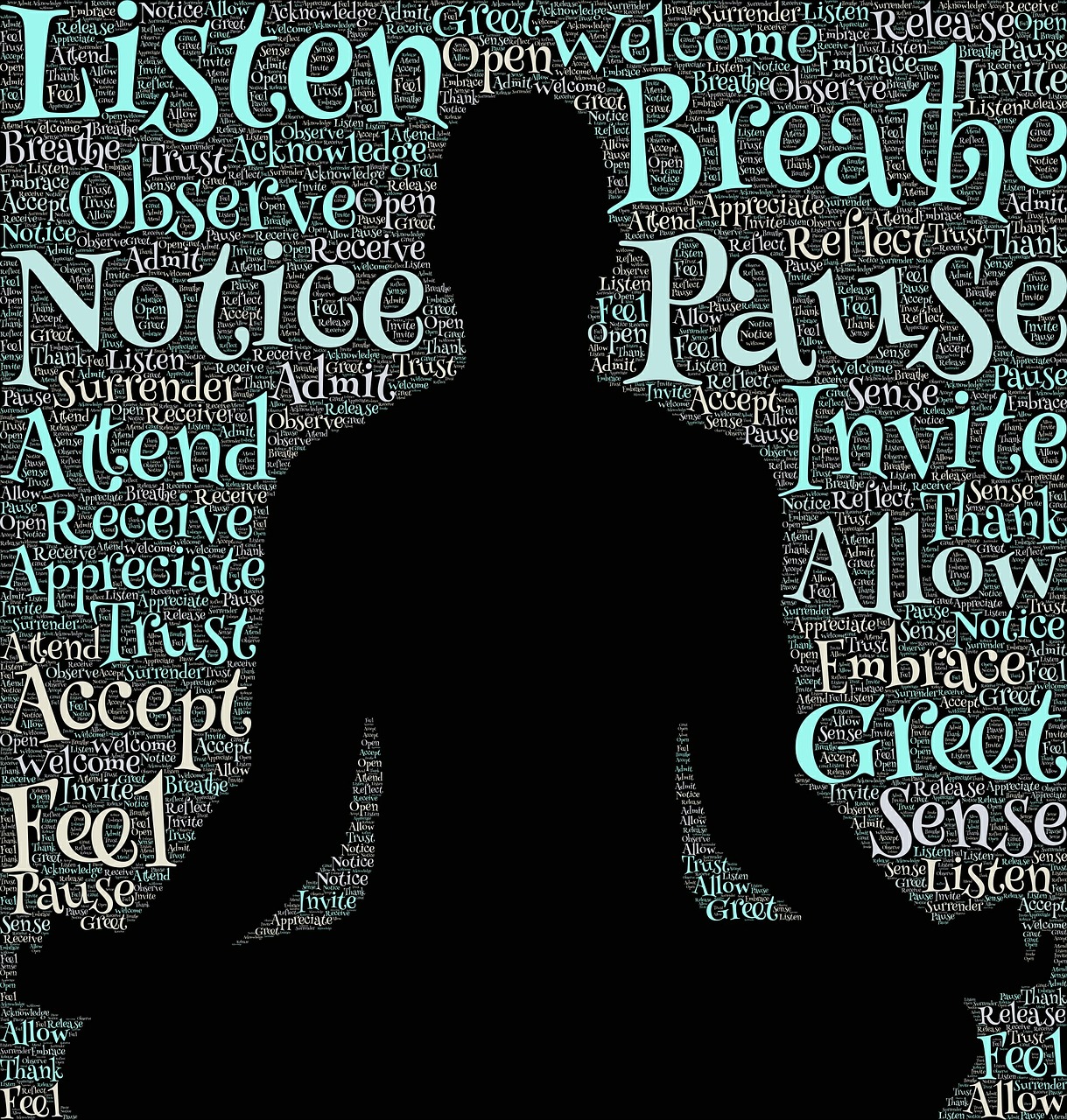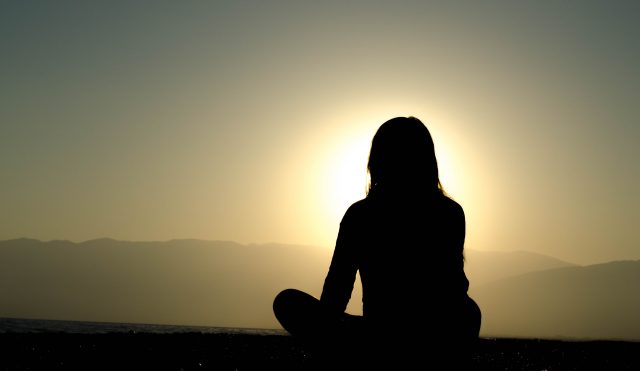I admit it. I’ve never been known for my patience. I’ve always been the person passing everyone out on the sidewalk even though I’m not heading anywhere. I’ve been the one watching the clock…be it at work or play. Only in hindsight do I see all the ways that has caused me trouble. My timing has always been slightly off as I pushed things through, made things happen, or gave up way too early. I’ve screwed up or missed out on many of life’s opportunities thanks to this mentality. Years ago, I can remember being introduced to Feldenkrais thinking, “My god, what sort of torture is this!” for the meticulous, minute, and turtle-paced movements it required.

Now that I am older and wiser, I recognize the price I’ve paid for my inability to simply wait, and recently, I’ve discovered a new joy in slowing down. I don’t doubt that meditation has helped, but it was more the result of my recent yoga training and explorations into somatic movement. Now, I finally understand the immense value in slowing down.
With my interest in human consciousness and evolution, I’ve been working with a particular type of electronica music created by Shapeshifter DNA of Visionary Music for years. JoAnn Chambers, one of the creators, would regularly encourage movement to deepen one’s experience with the music. Though I would dabble in movement with the music, I usually found it too slow and spacey. There was no rhythm, no inspiration to move me. It was a block for me which I tried to move past unsuccessfully. I was more comfortable to sleep and dream with the music. It was also great to just listen to it in the background of my busy life or while driving. So, I worked with the music in those other ways, and I moved my body to different music, music that was somehow more predictable and danceable.
But recently, I learned how to engage with the music in a new way. It is outside the kind of dancing I am used to. It is me slowing down, even stopping. It is me waiting…patiently…until something moves. In fact, it is not always me dancing at all. It is me being danced or dancing with myself. And that dance is sometimes happening on the unobservable, cellular level.
Through it, I am exploring and communicating with the miraculous world of fascia, the connective tissues that run in various tension lines through the body. It is a watery world, a mysterious world, in which one tiny movement in one location creates cascades of movement everywhere. Fascia is so incredibly sensitive, so aware. And this type of moving is so healing, because it gently reveals places of tightness and adhesion, imbalance and rigidity.
When I teach movement classes, I always encourage my students to slow down, and I see them struggle with it. It is so contrary to our conditioning to go slow. Even when some students attempt to slow down, they don’t yet know that they’re still moving 5x too fast! I get it. I was one of them. To be honest, I still struggle with slowing things down. But I have the experience now to know doing so is important to the skills of deep listening, observation, and discovery.
It is only in slowing down that we can actually become aware of our choices, not just in movement on the dance floor, but in life. We can hear the quiet messages not just of the body, but of the spirit, that so easily get overridden. We can learn timing. We can learn to trust the flow. And maybe most importantly, we can begin to comprehend in a microcosmic way the universal truth of oneness…how one small thing ripples through and affects everything else.
Here is a video of an embodied movement exploration using Shapeshifter DNA’s Shamanic Dreamtime:
Music: Shamanic Dreamtime Intro by ShapeshifterDNA Visionary Music & Multimedia http://www.visionarymusic.com Support Temple of the Divine MUSE http://www.patreon.com/garychambers




